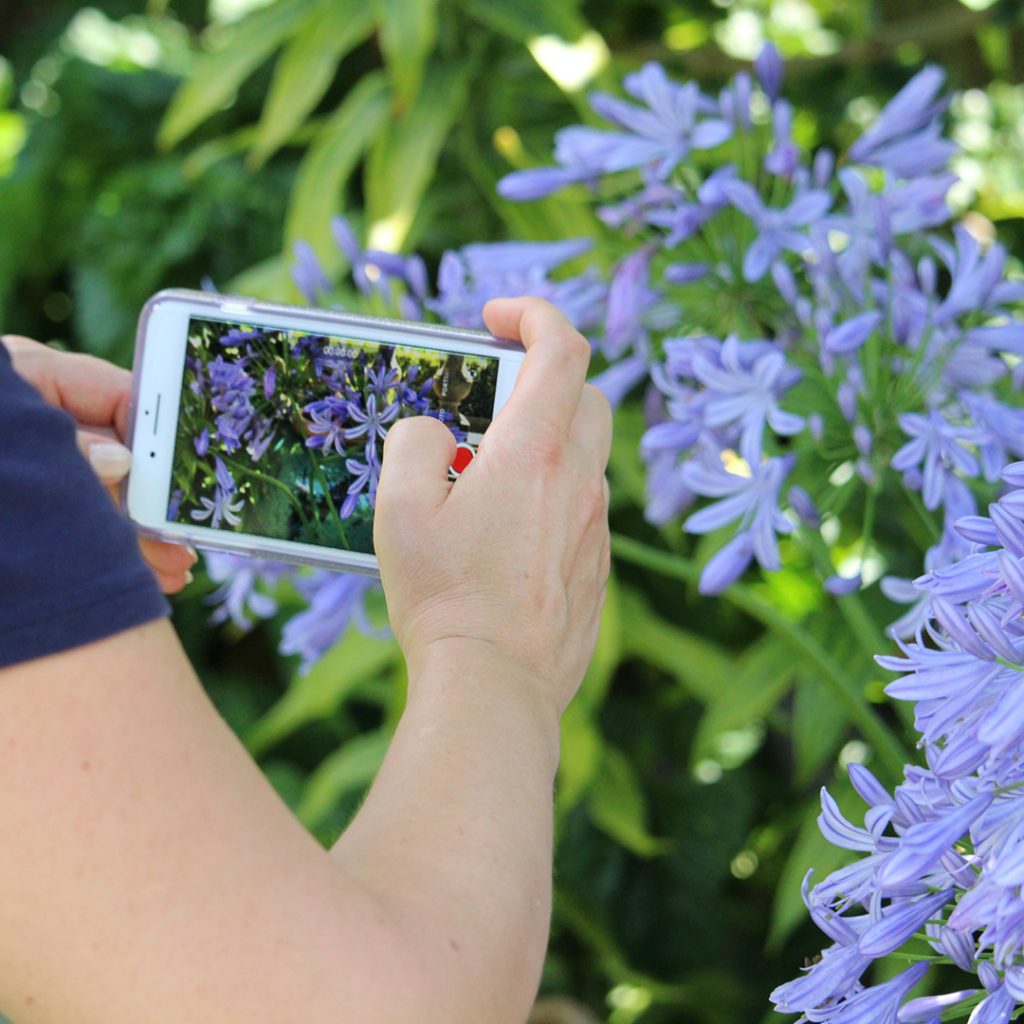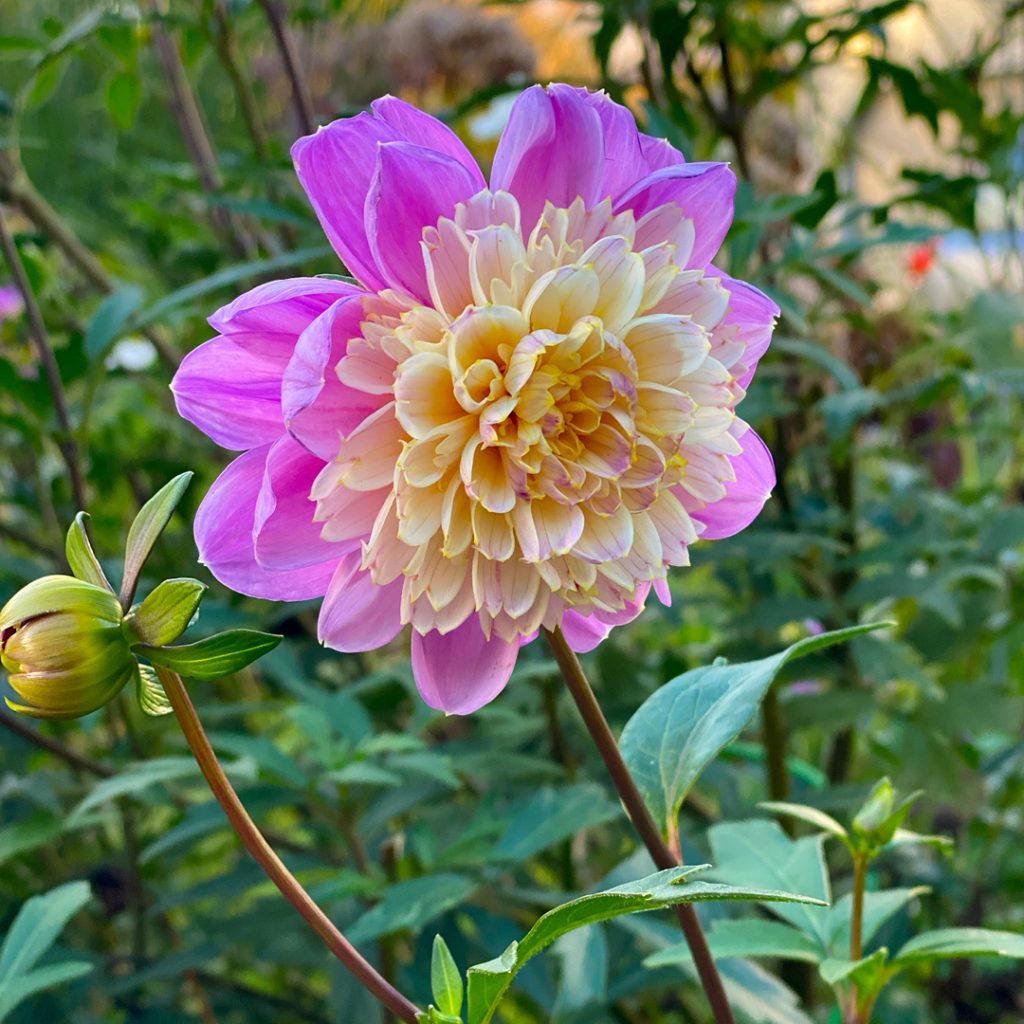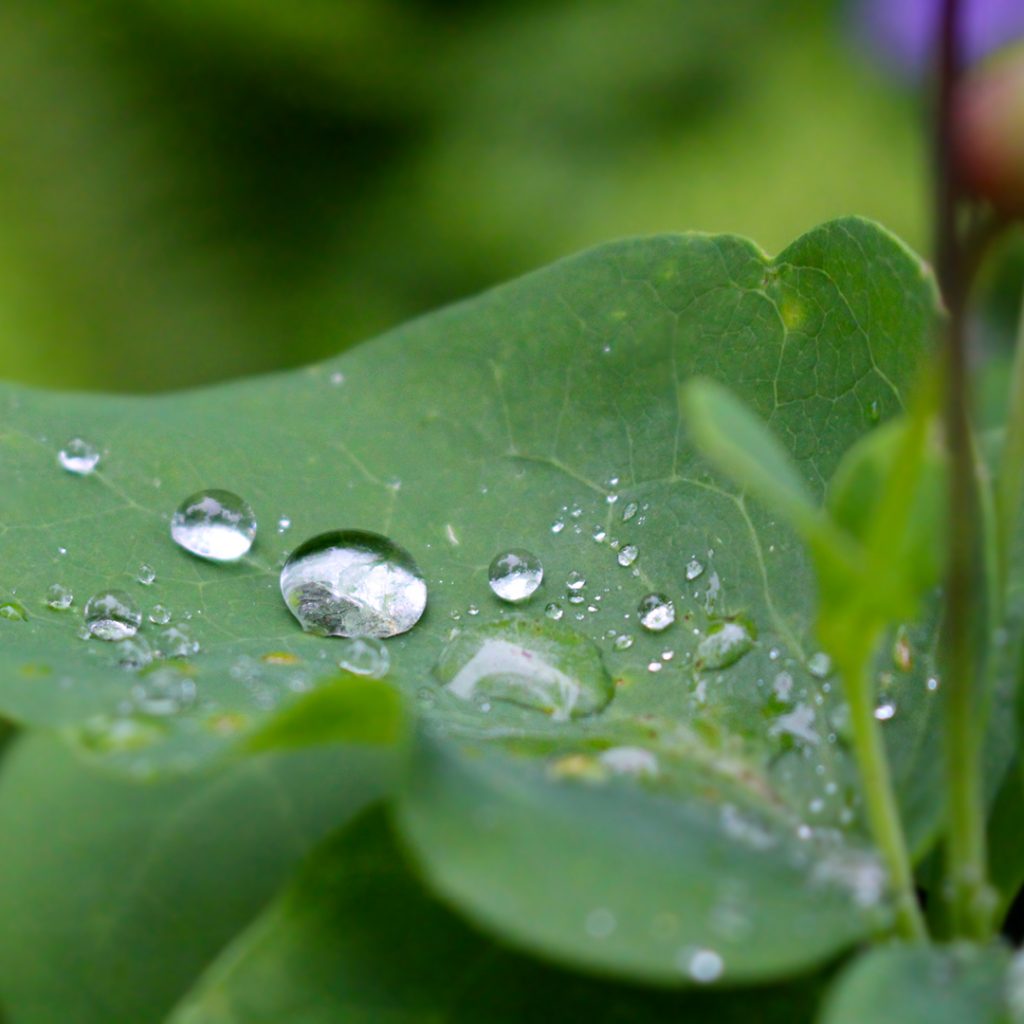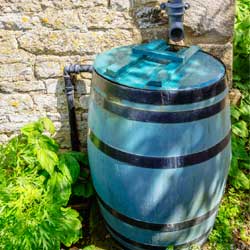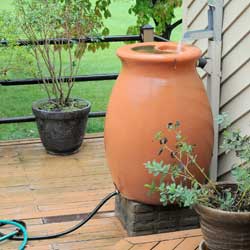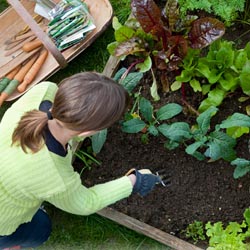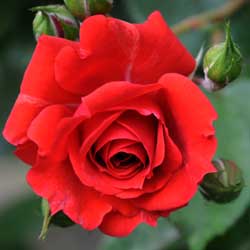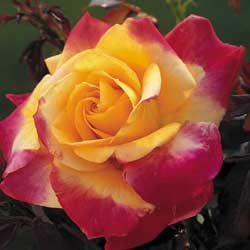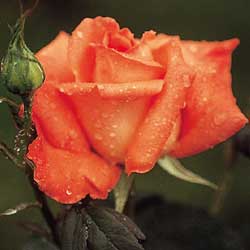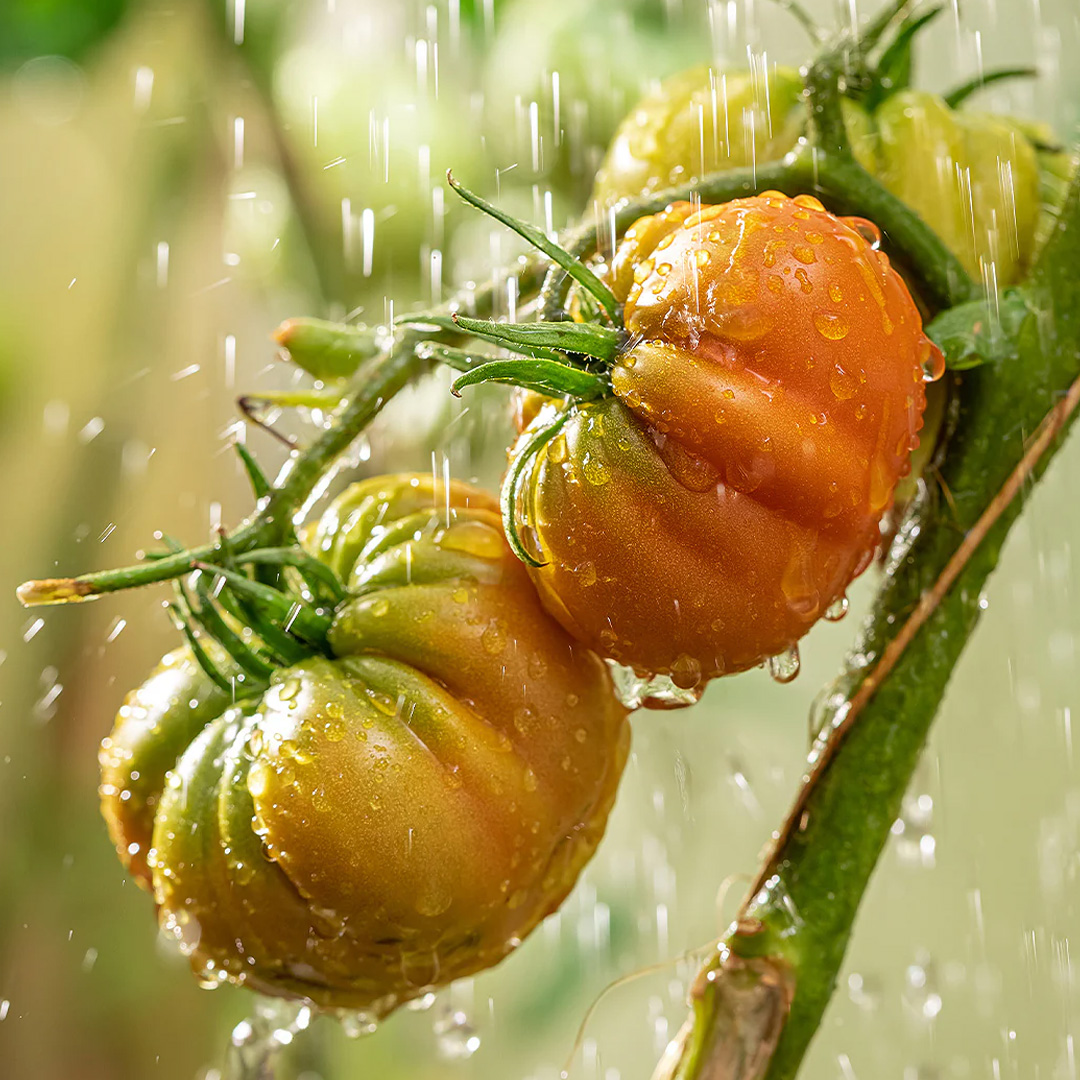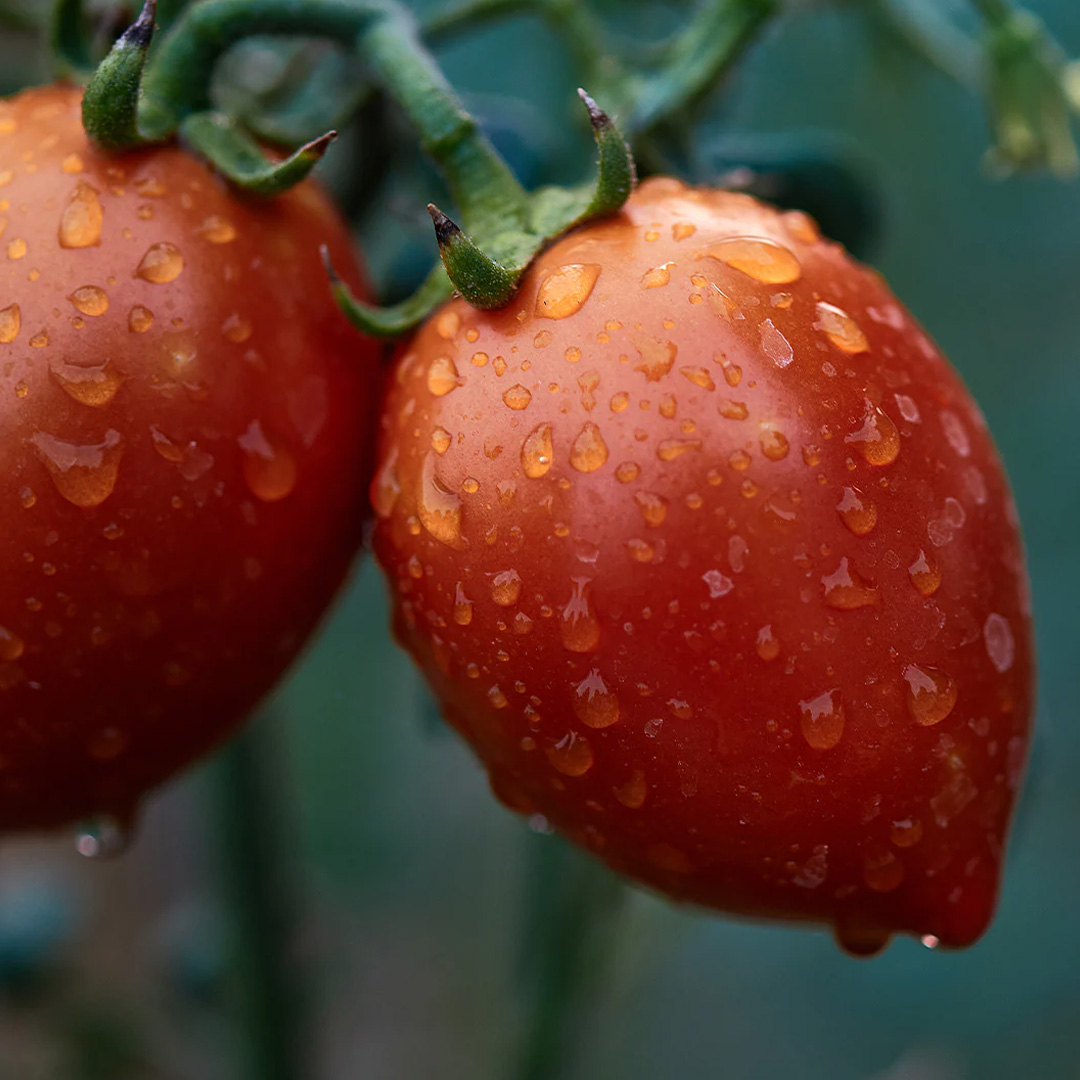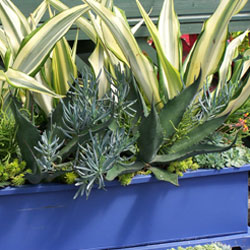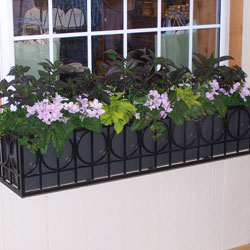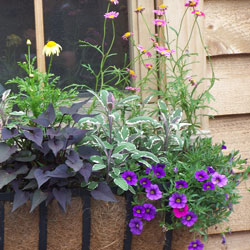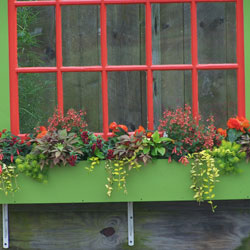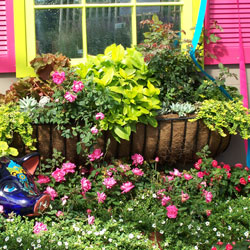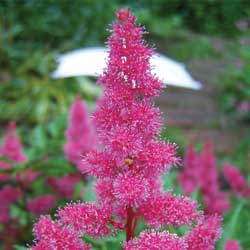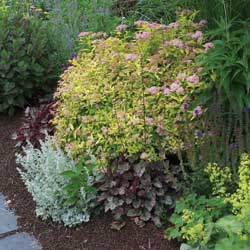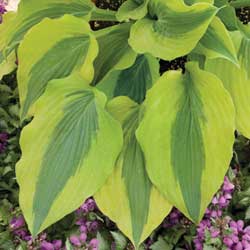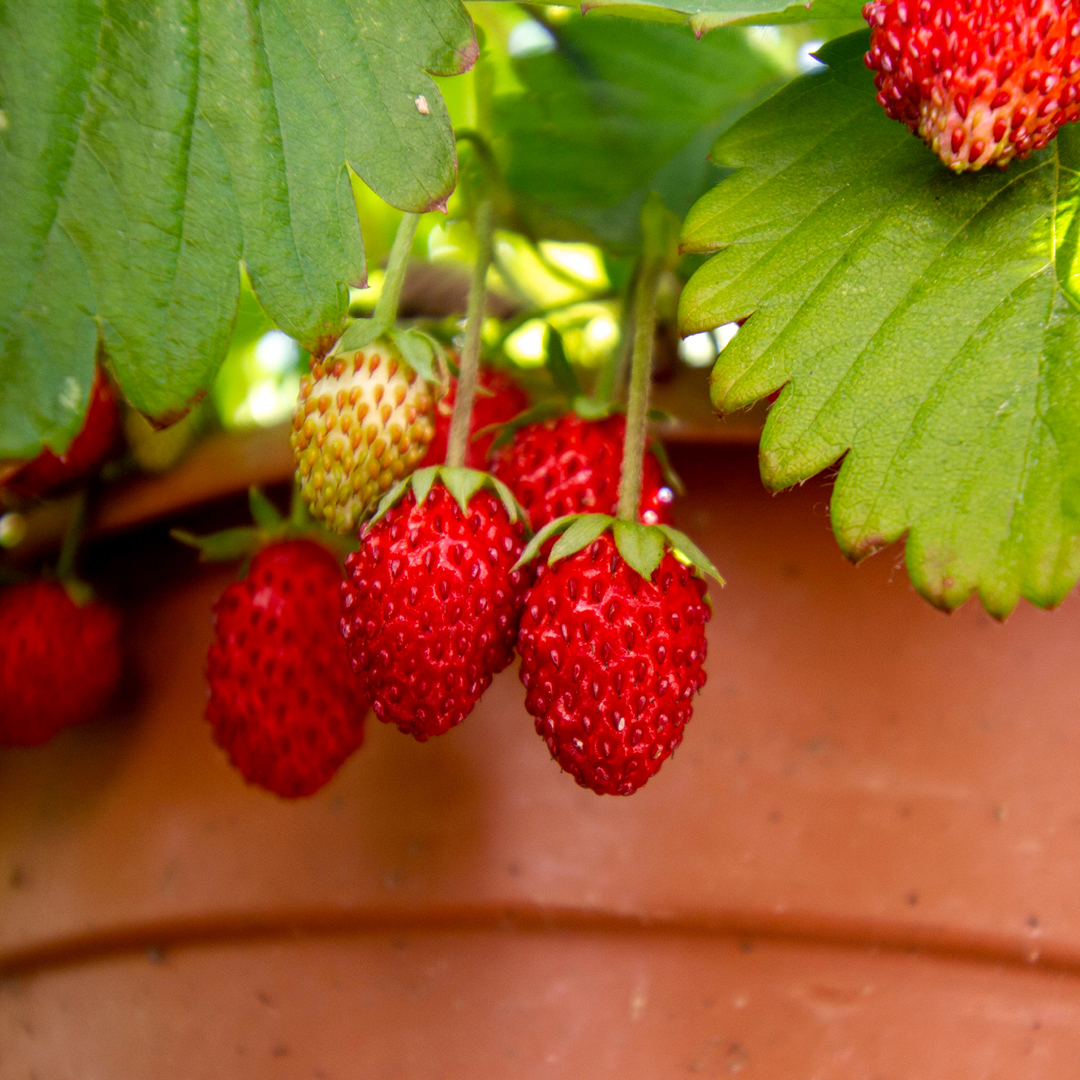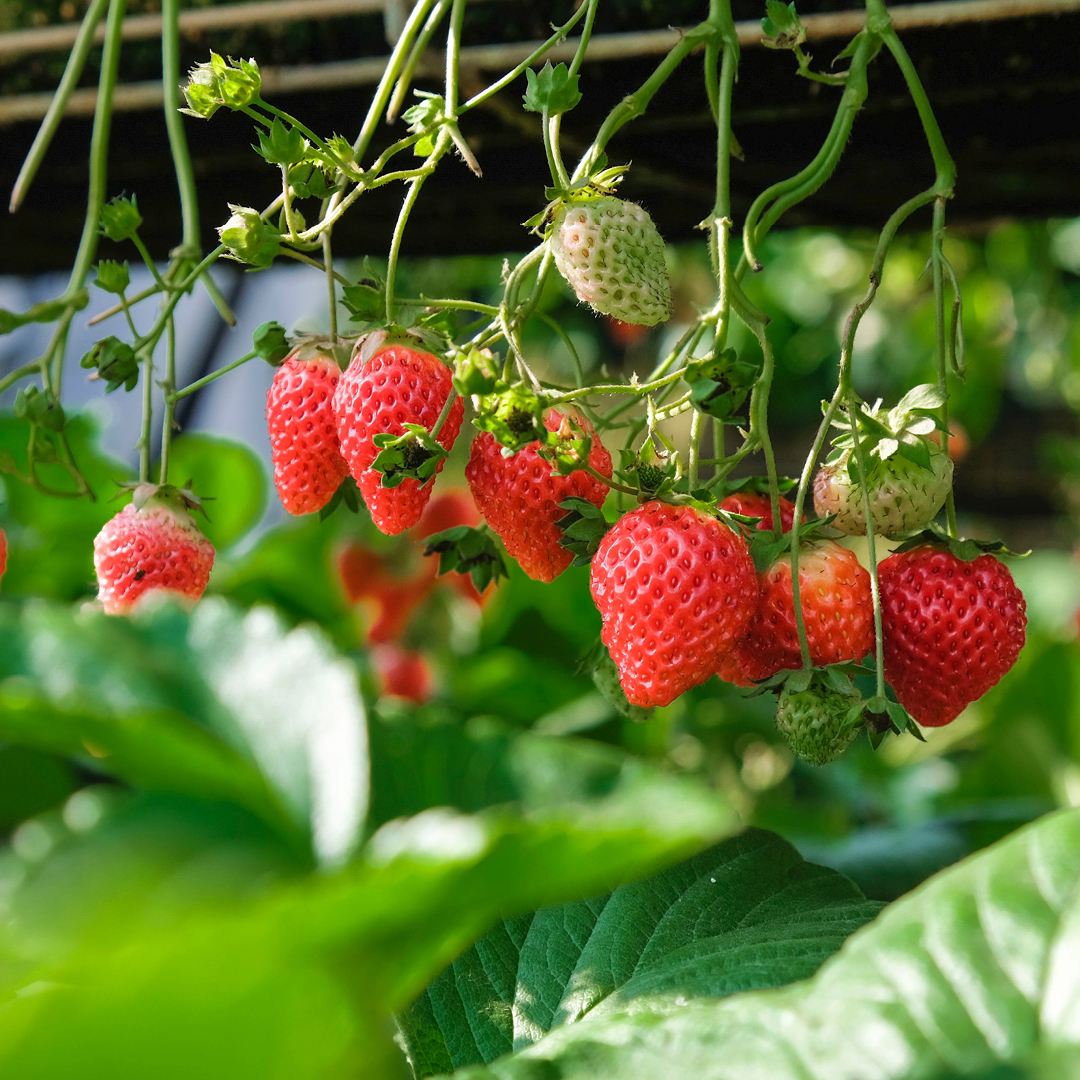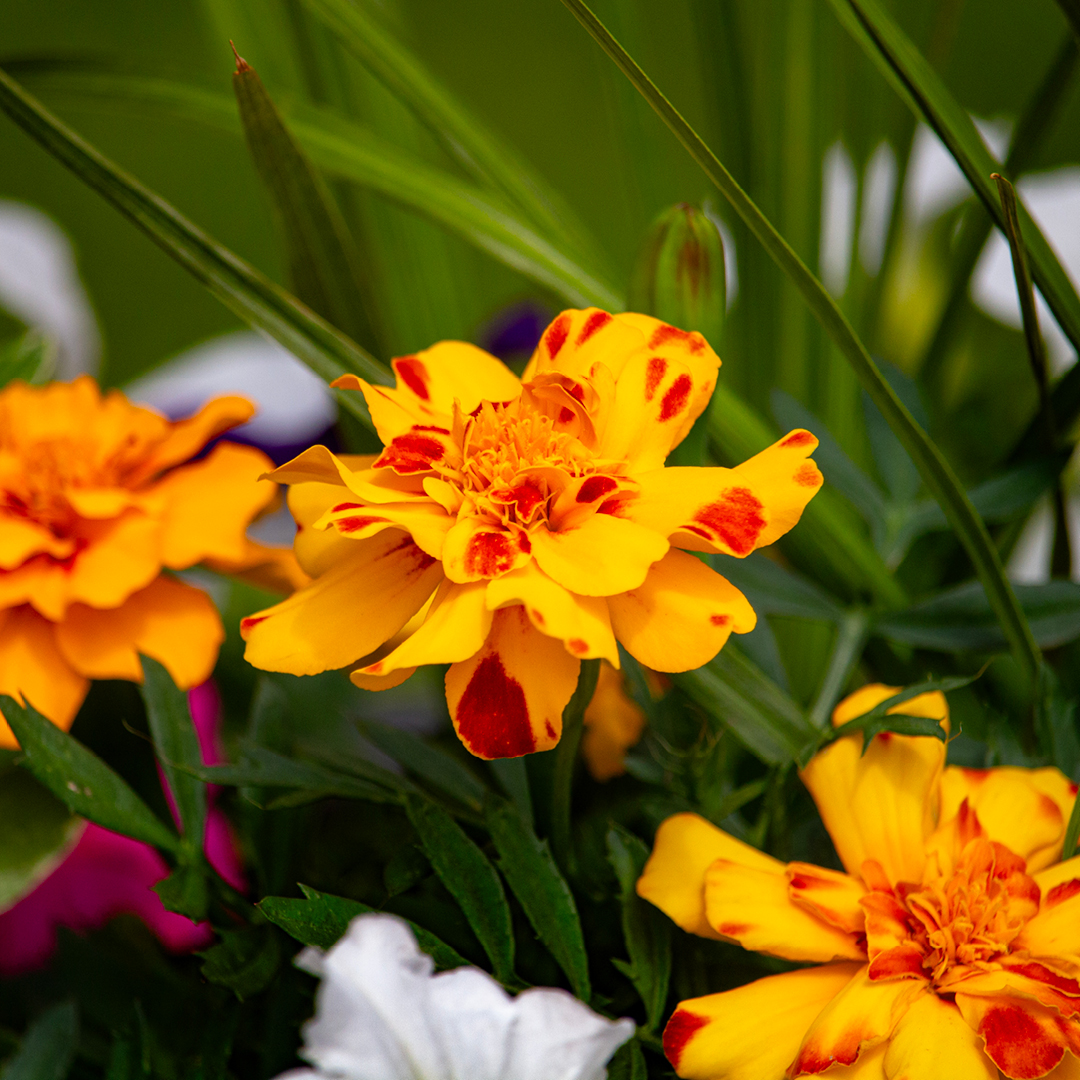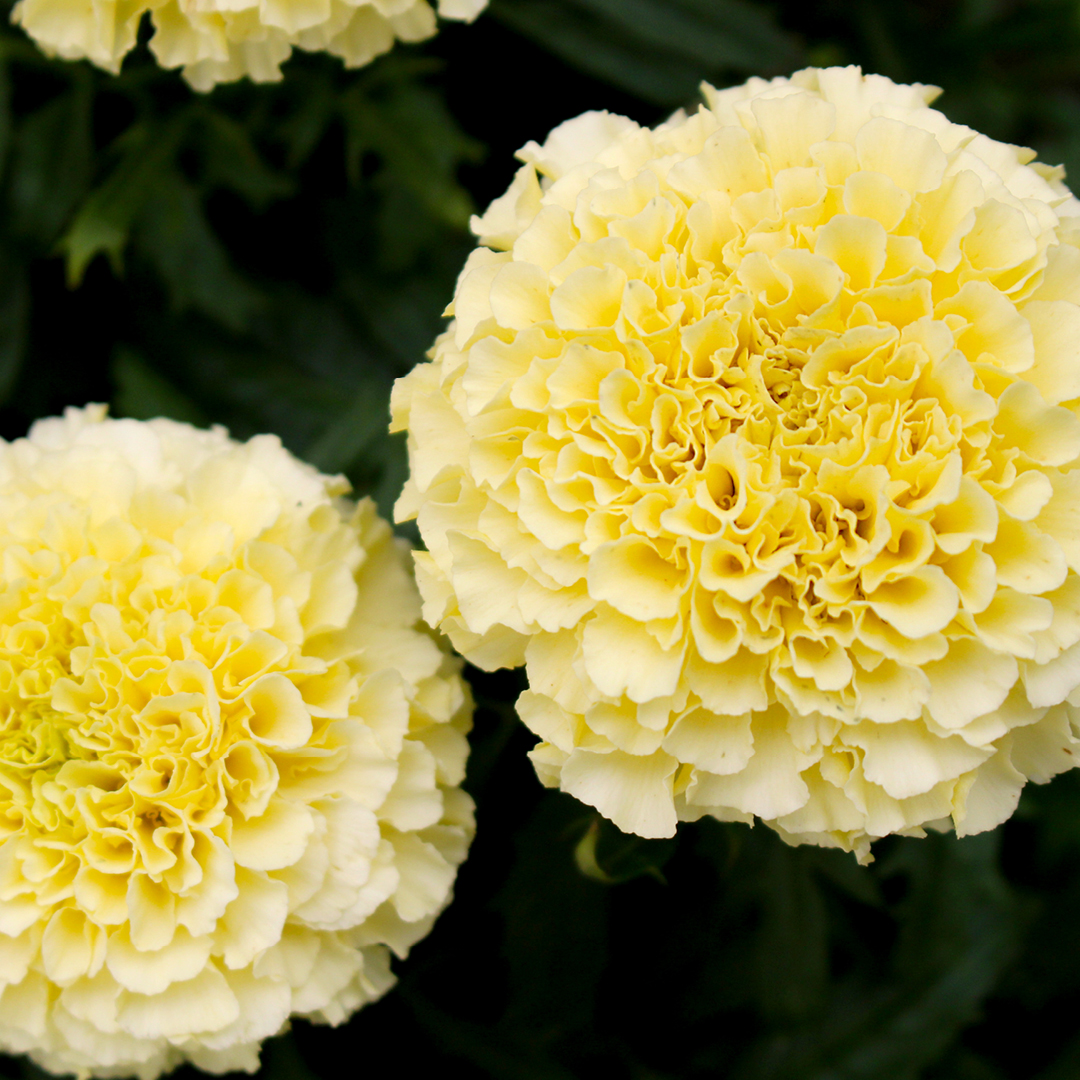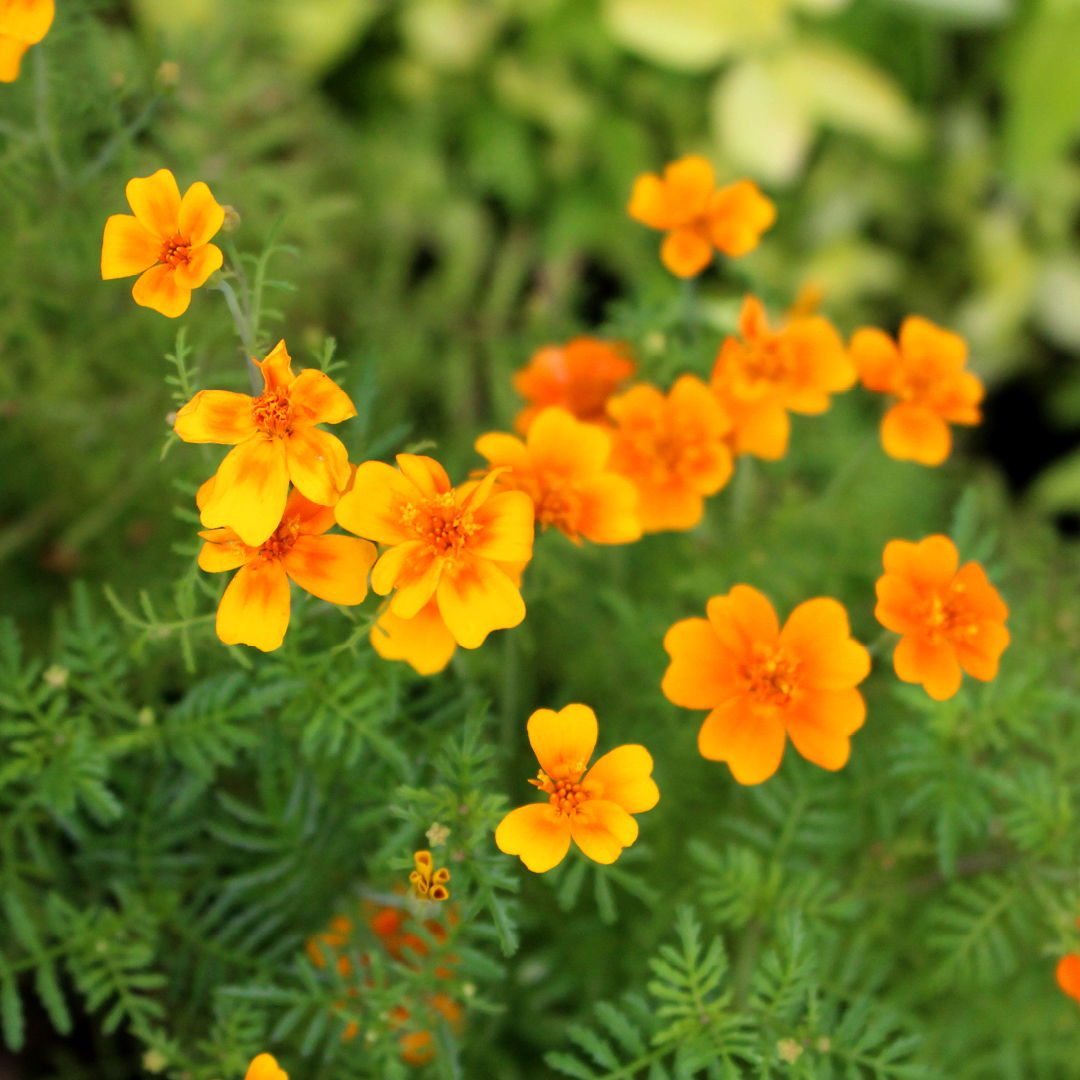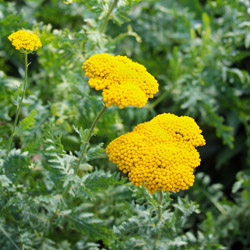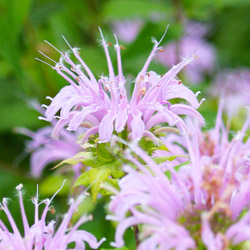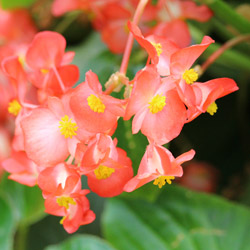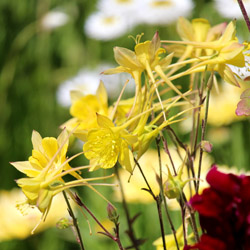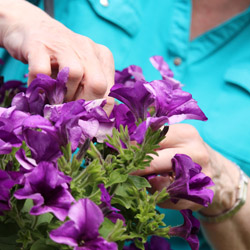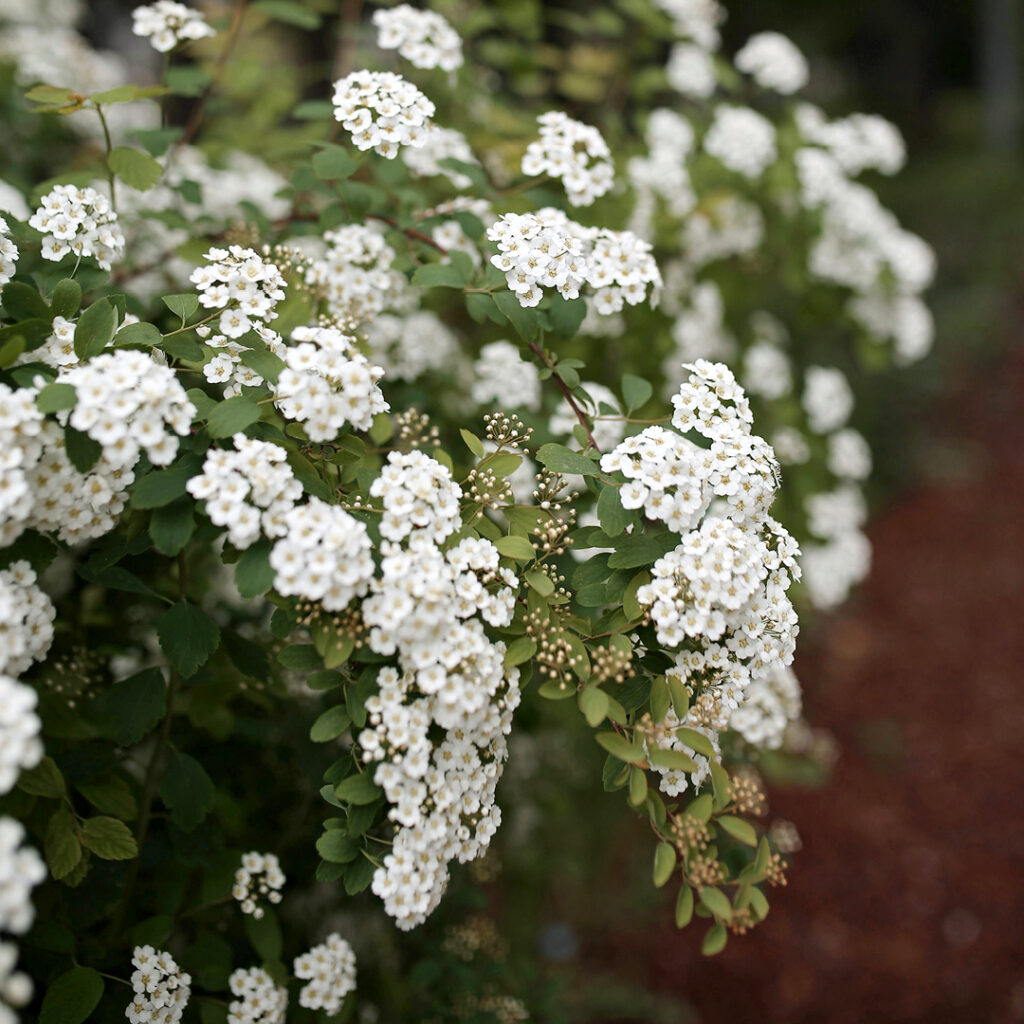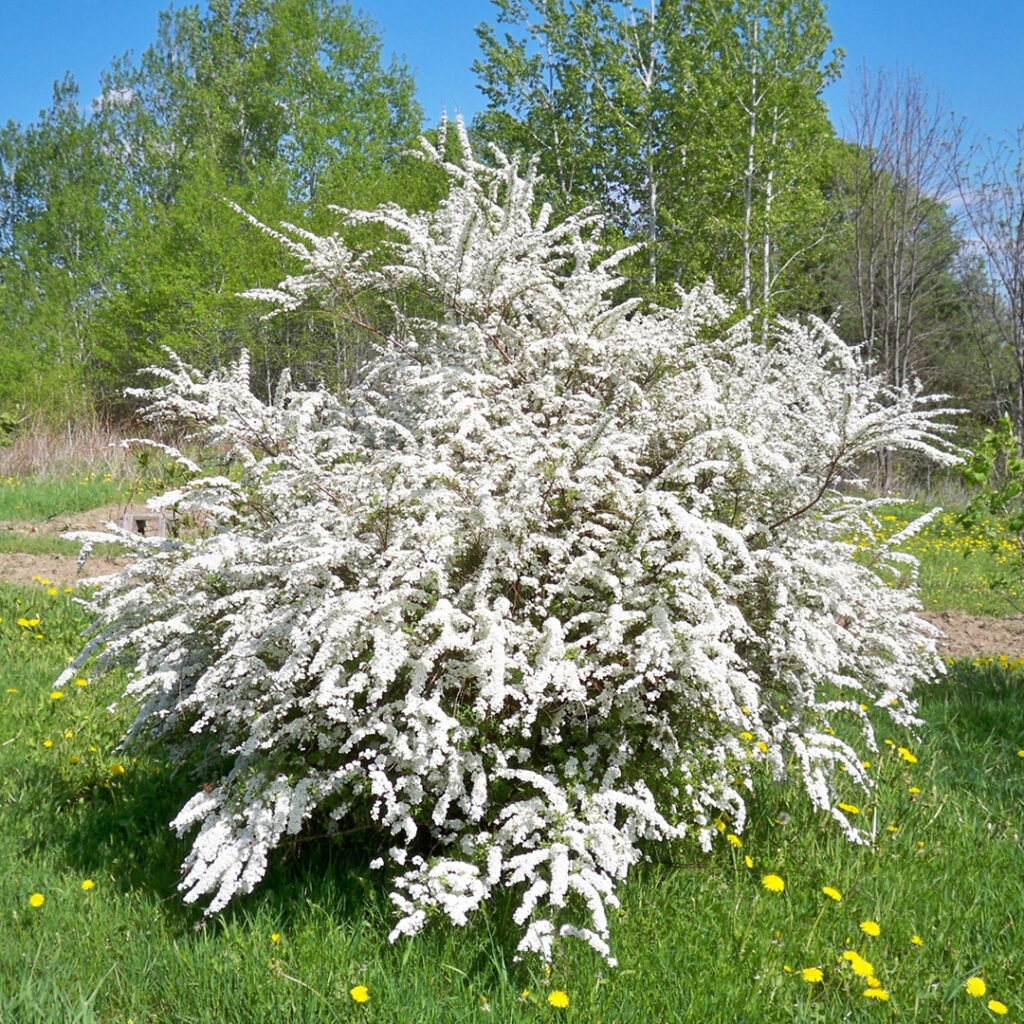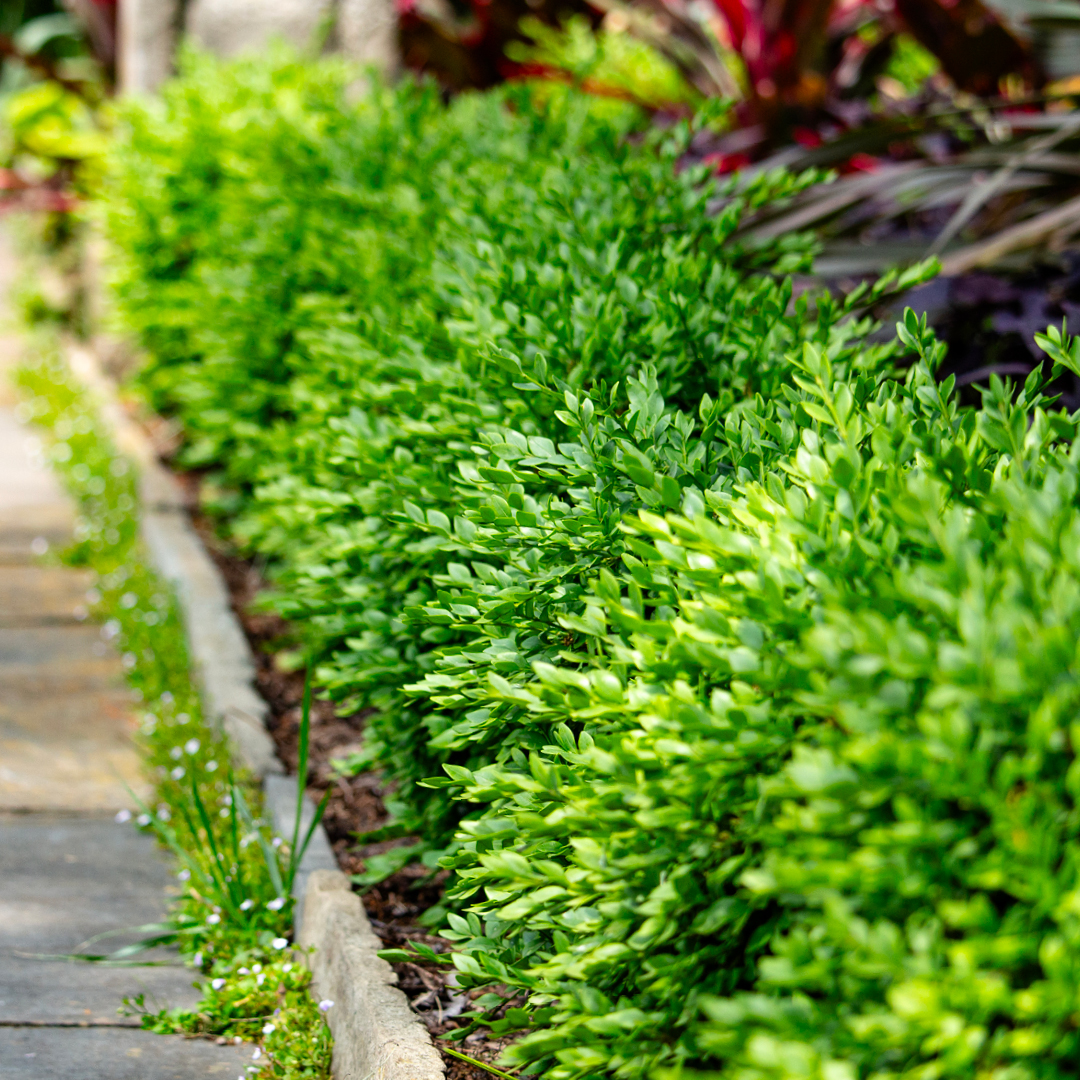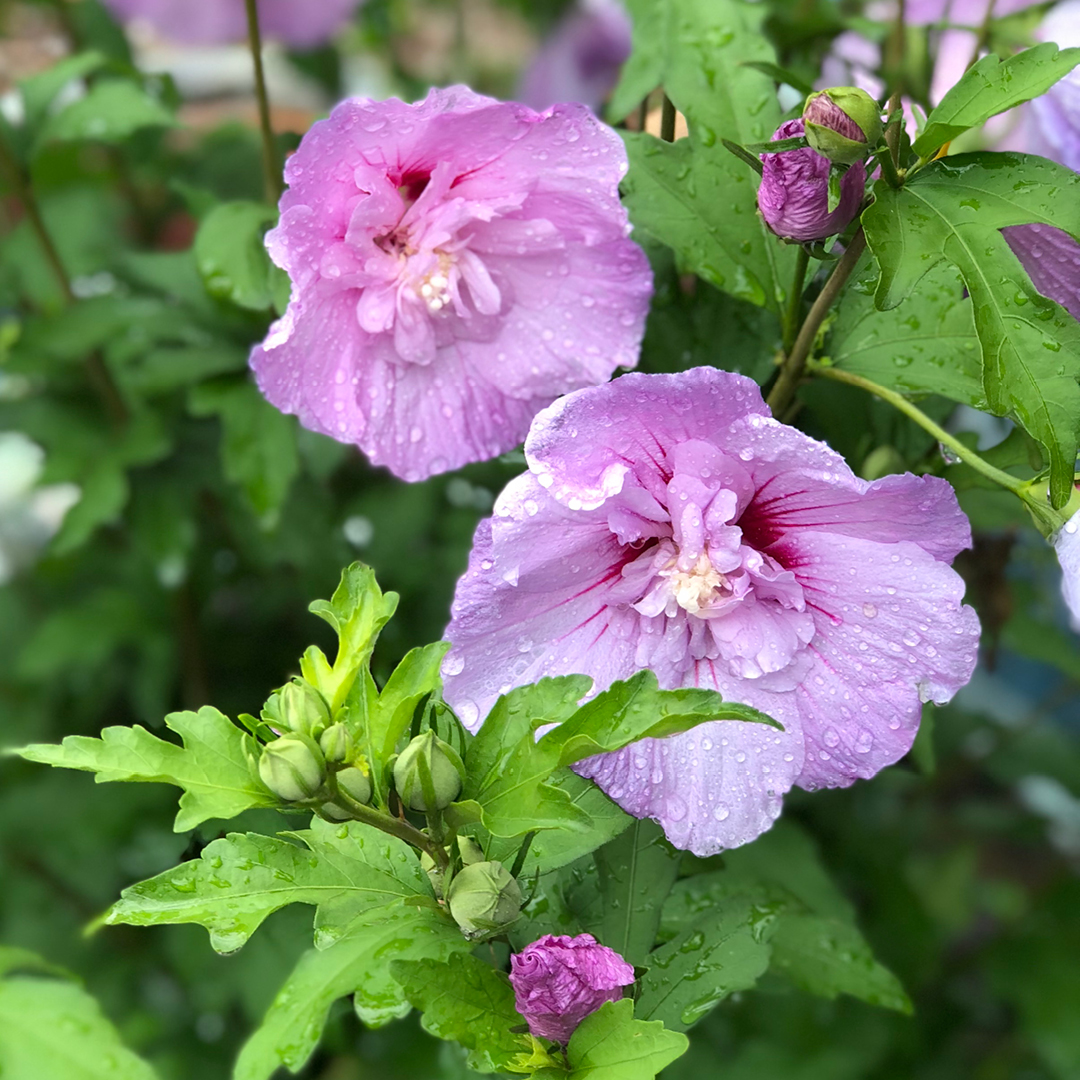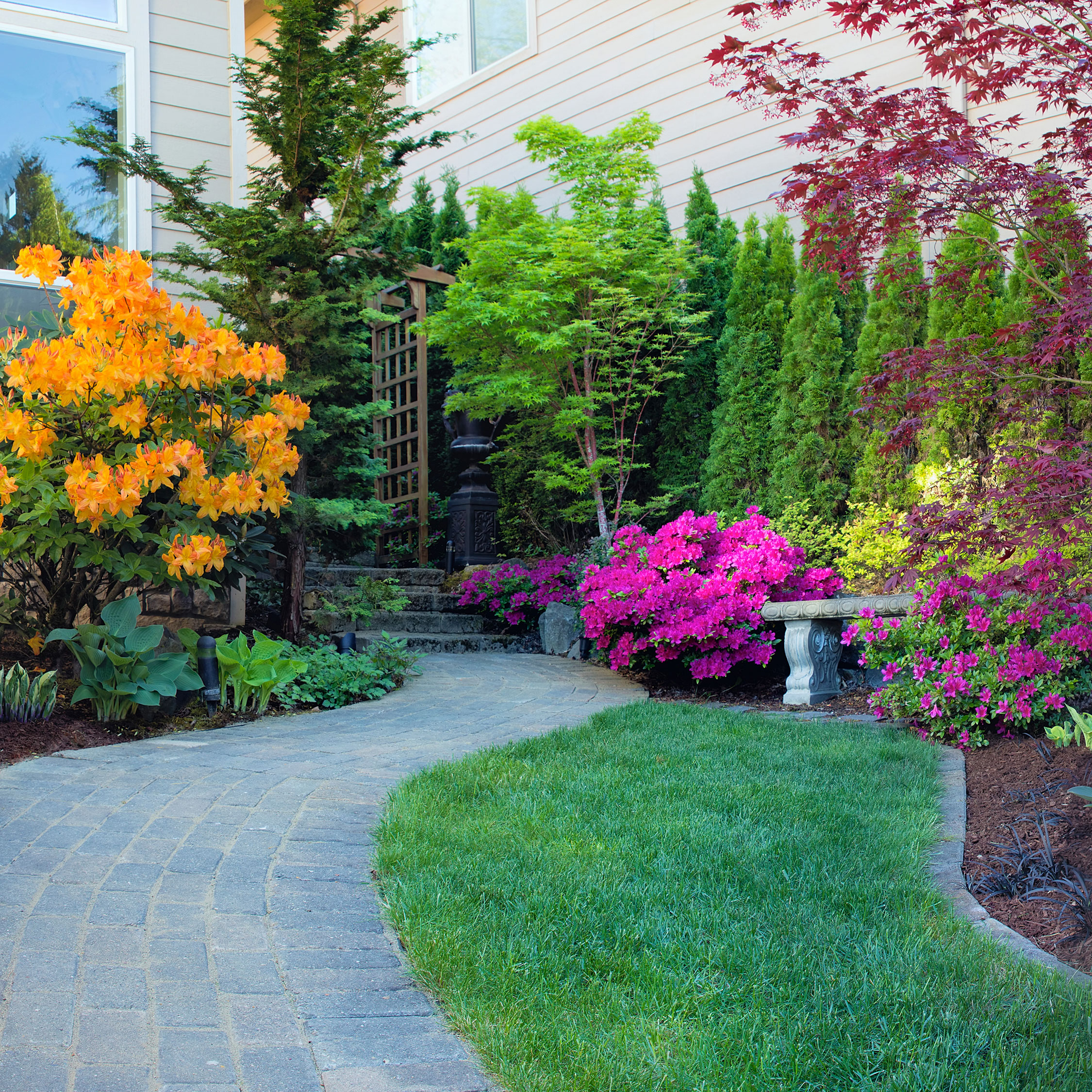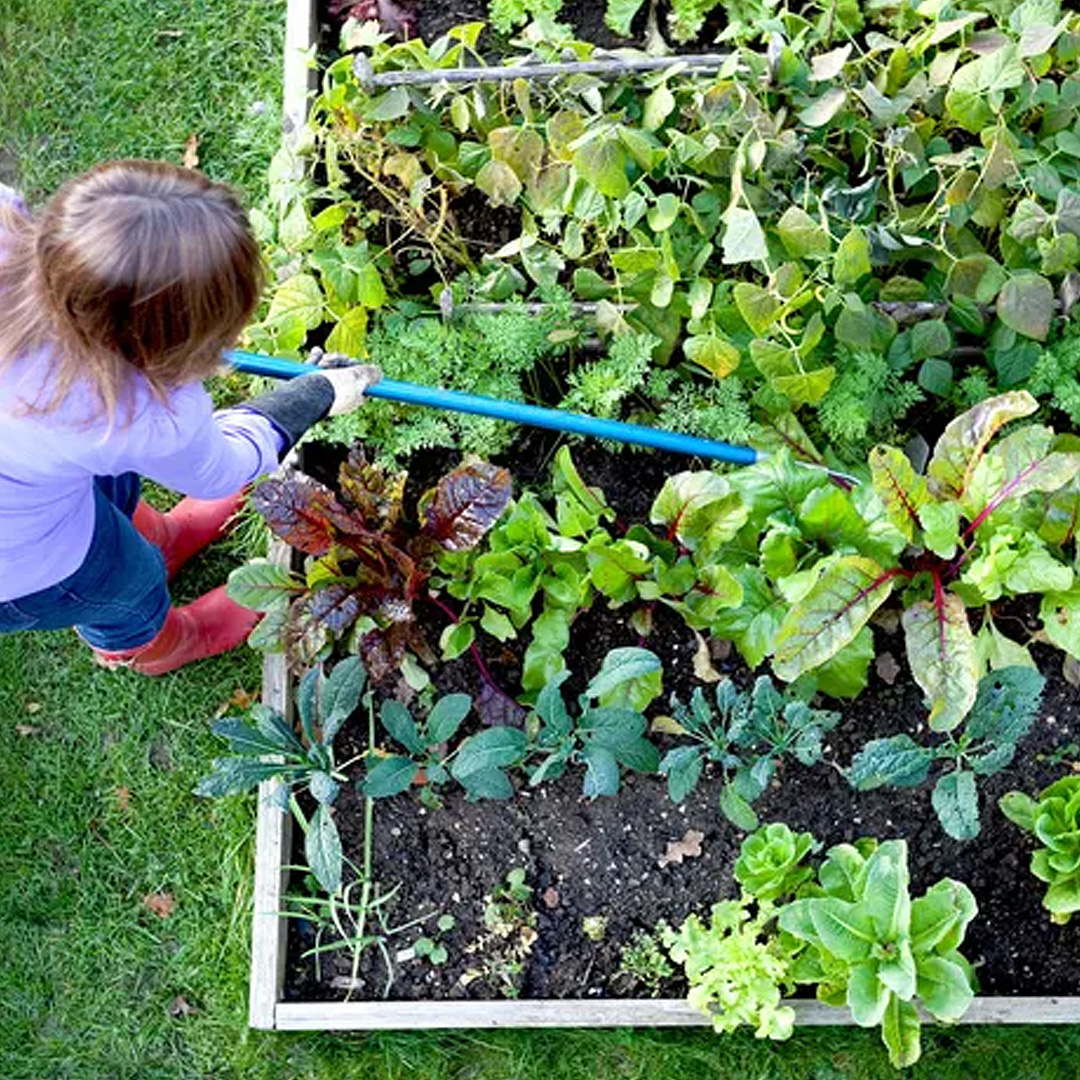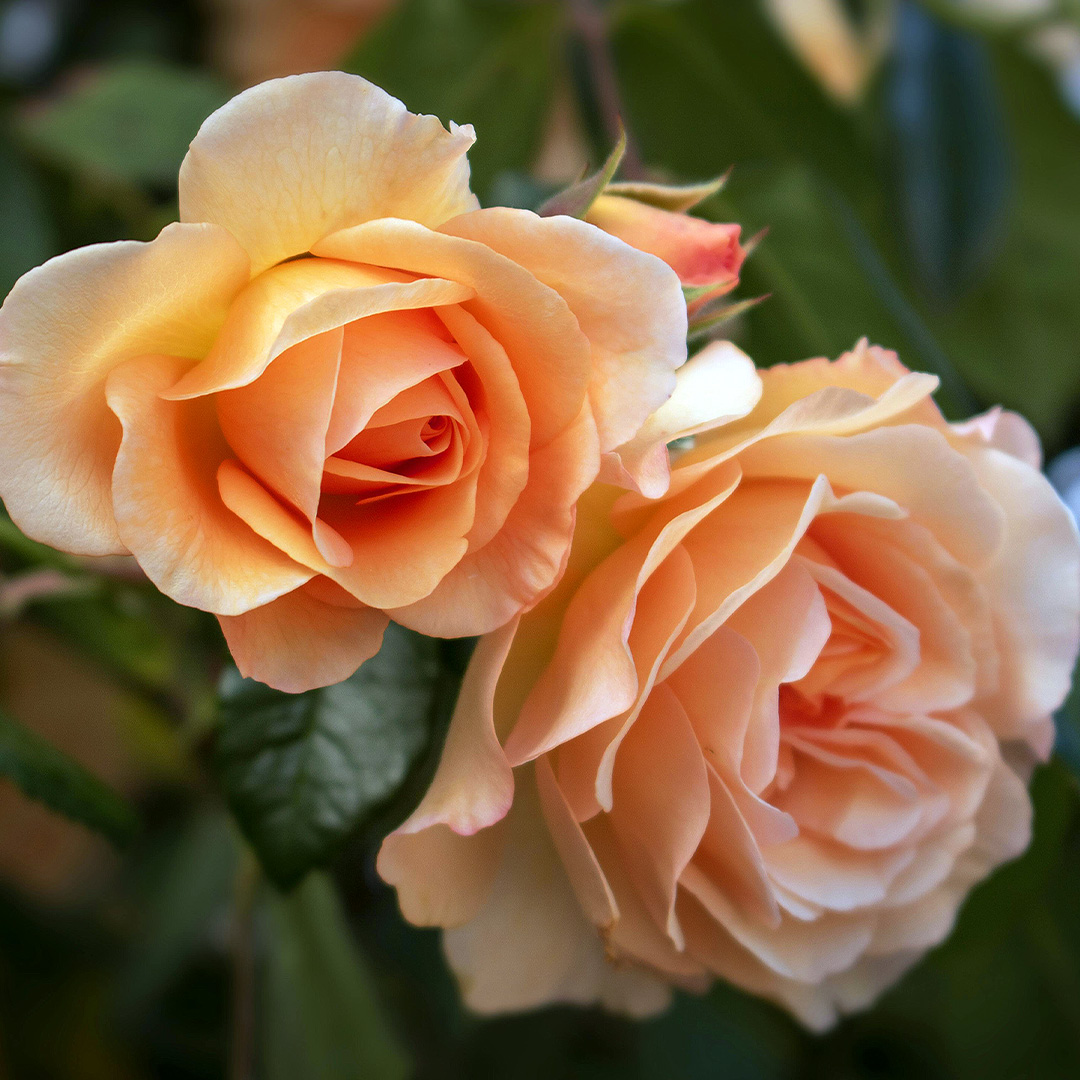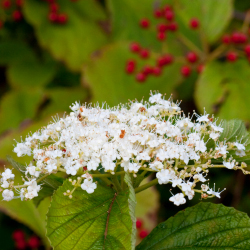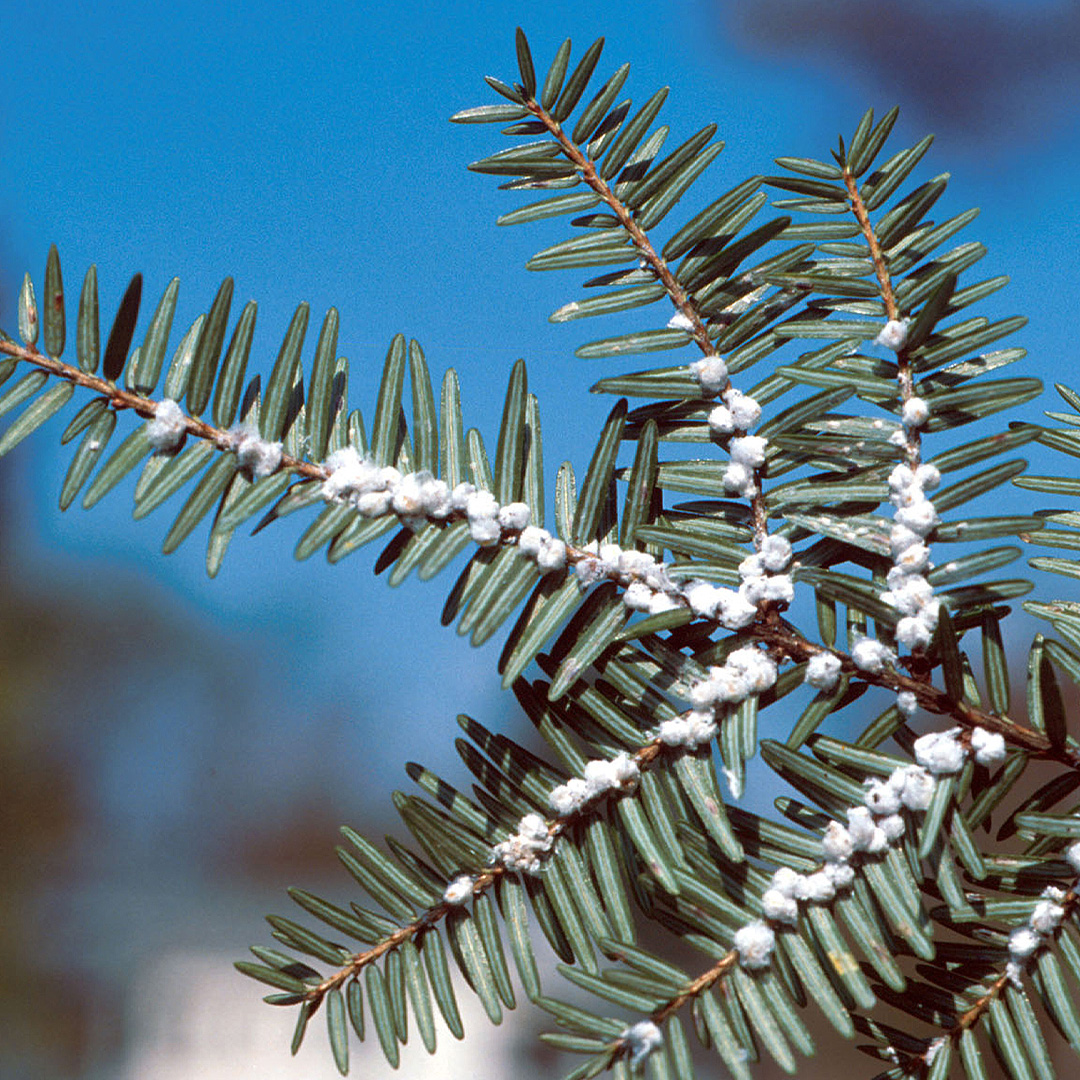Does your gardening passion include taking photos of your plants and progress?
Capturing the beauty of a garden through photography is a gratifying experience that allows one to freeze moments of natural splendor in time. With cell phones, it couldn’t be easier. Whether it’s the vibrant hues of blooming flowers, the delicate dance of butterflies, or the serene charm of a sun-dappled pathway, garden photography celebrates the wonders of nature. Sharing these snapshots of joy with others can be equally rewarding. One outstanding way to showcase garden photos is through social media platforms like Instagram or Facebook, where fellow gardeners can admire and engage with the images. Another means is creating a dedicated blog to narrate the stories behind each photograph, sharing gardening tips, and fostering a sense of community among fellow green-thumbs. Furthermore, printing, and framing garden photos can transform them into tangible keepsakes, perfect for preserving the serenity and beauty of nature for perpetuity. Ultimately, sharing garden photos not only spreads joy but also inspires others to appreciate and cultivate their own slice of natural paradise.
We want to assist you if you’d like to increase your cell phone garden photography skills. Capturing beautiful snapshots of your garden just takes a little knowledge, practice, and patience. Let us introduce you to a number of useful cell phone photography tips from experts to help you take stunning photos to showcase the vibrant beauty of your garden.
- Optimize Lighting
- Shoot during the golden hours, early morning or late afternoon, for soft and warm light ideal for capturing the beauty of your garden.
- Overcast days can provide even lighting, minimizing harsh shadows.
- Clean Your Lens
- Before you start shooting, be sure to wipe the lens of your phone with a clean cloth to remove any dirt or smudges that could affect image clarity.
- Focus on Composition
- Utilize the rule of thirds to create visually appealing compositions. Imagine dividing your frame into a grid of nine equal sections and placing key elements along the lines or at their intersections.
- Experiment with different angles to find the most flattering view.
- Utilize Depth of Field
- Most smartphone cameras come with portrait mode or a similar feature that allows you to create a shallow depth of field, blurring the background and making your subject stand out.
- Experiment with selective focus to draw attention to specific elements within your garden, such as a single flower or a butterfly resting on a leaf.
- Mind Your Background
- Be mindful of what’s in the background of your photos. Look for clean, uncluttered backgrounds that won’t distract from your main subject.
- Experiment with different angles and perspectives to find the most pleasing background for your composition.
- Choose backgrounds that complement your flowers without distracting from them.
- Capture Details
- Capture the intricate details of your plants, details that make your garden unique. Get up close and personal to depict the elaborate patterns of petals, the delicate veins of leaves, or the tiny insects that call your garden home.
- Use the macro mode on your smartphone camera, if available, to obtain stunning close-up shots with incredible detail.
- Embrace Natural Elements
- Incorporate natural elements such as water droplets, dew-covered leaves, or beams of sunlight filtering through the trees to add visual interest to your photos.
- Feel free to get creative and experiment with different ways to incorporate these elements into your compositions.
- Catch Seasonal Changes
- Document the various stages of your flowers, from bud to bloom. This adds a dynamic element to your photography.
- Showcase the seasonal transformations of your garden.
- Steady Shots
- Keep your phone steady to avoid blurry images. Use both hands or lean against a stable surface.
- If your phone has manual settings, experiment with adjusting the exposure for better results.
- Play with Perspectives
- Experiment with different perspectives – shooting from above, below, or at eye level.
- Capture the essence of your flowers by including wider shots that showcase the overall beauty.
- Edit Wisely
- After taking your photos, spend some time editing them to enhance their beauty further, taking advantage of built-in editing tools or third-party apps to enhance your photos.
- Experiment with adjustments to brightness, contrast, saturation, and sharpness to fine-tune your images and make them pop.
- Practice Patience
- Remember that great garden photography takes knowledge, practice, and patience. Take the time to explore your garden thoroughly, waiting for the perfect moments to seize it in all its glory.
- Don’t be discouraged by initial failures or setbacks. Keep experimenting, learning, and refining your skills, and you’ll soon be capturing stunning garden photos with ease.
Sharing plant and garden photos on social media is not just about showcasing botanical beauty; it’s a vibrant celebration of nature’s artistry and a delightful way to connect with like-minded enthusiasts. Whether it’s a stunning array of blossoms in full bloom or the intricate patterns of a succulent garden, each snapshot captures a moment of joy and inspiration. The fun lies in the camaraderie of sharing tips, tricks, and successes, fostering a sense of community among green thumbs worldwide. From swapping gardening hacks to marveling at rare plant finds, social media platforms become virtual gardens where friendships flourish amidst the foliage. Moreover, sharing these snapshots can inspire others to embrace the therapeutic joys of gardening, fostering a ripple effect of appreciation for the natural world. So, next time you capture the radiance of your garden, share it with the world and watch the seeds of inspiration bloom.
